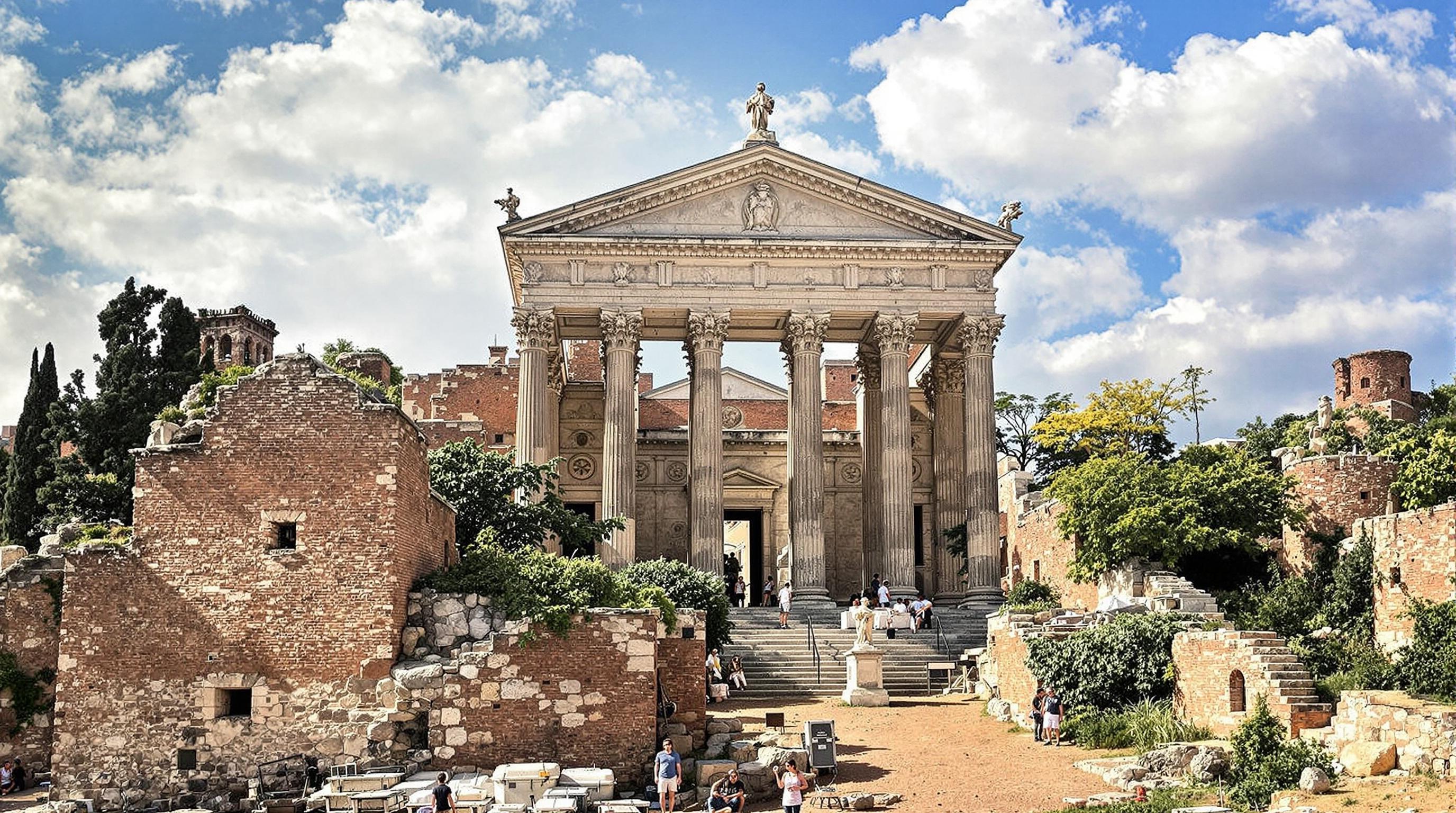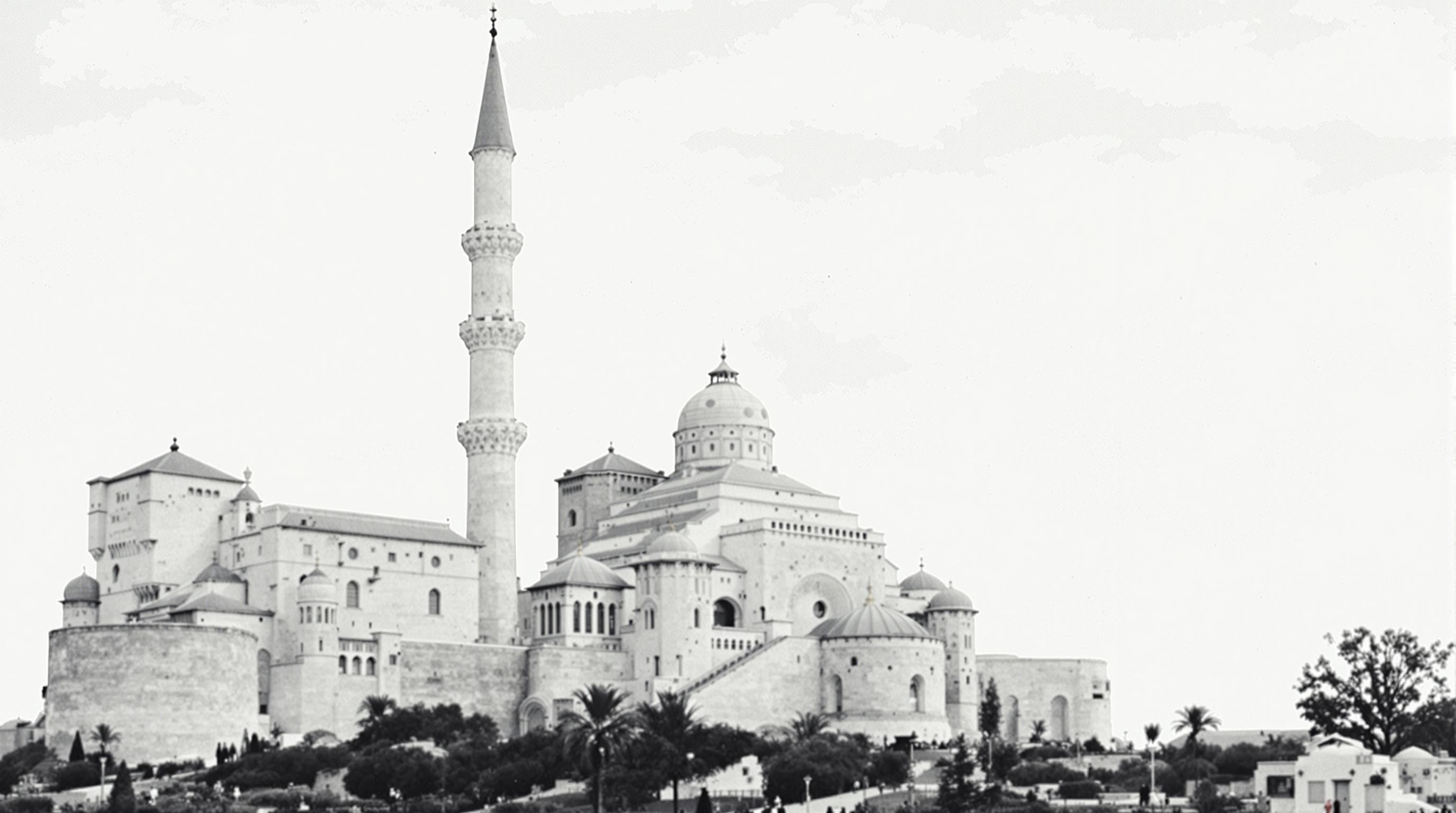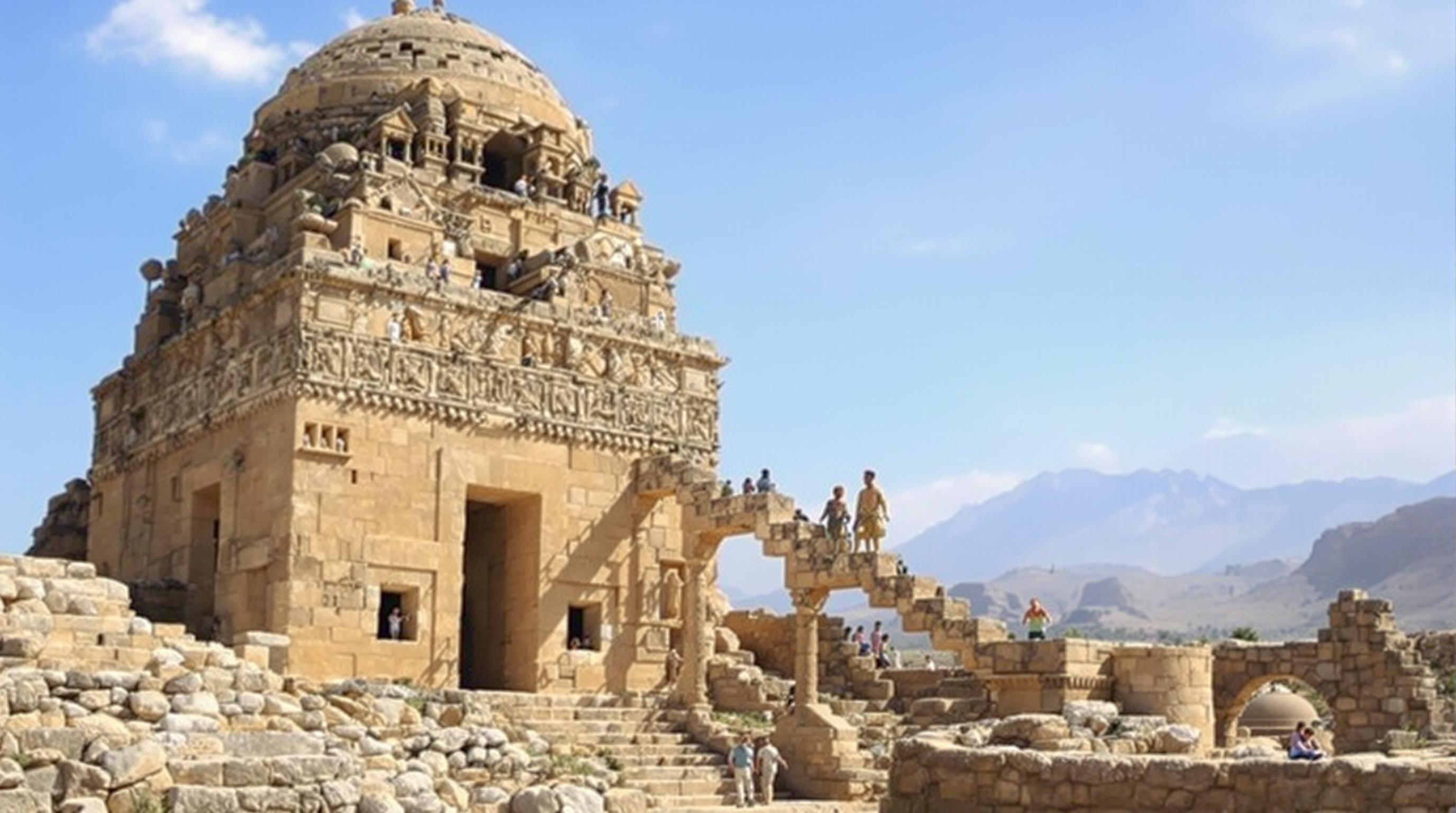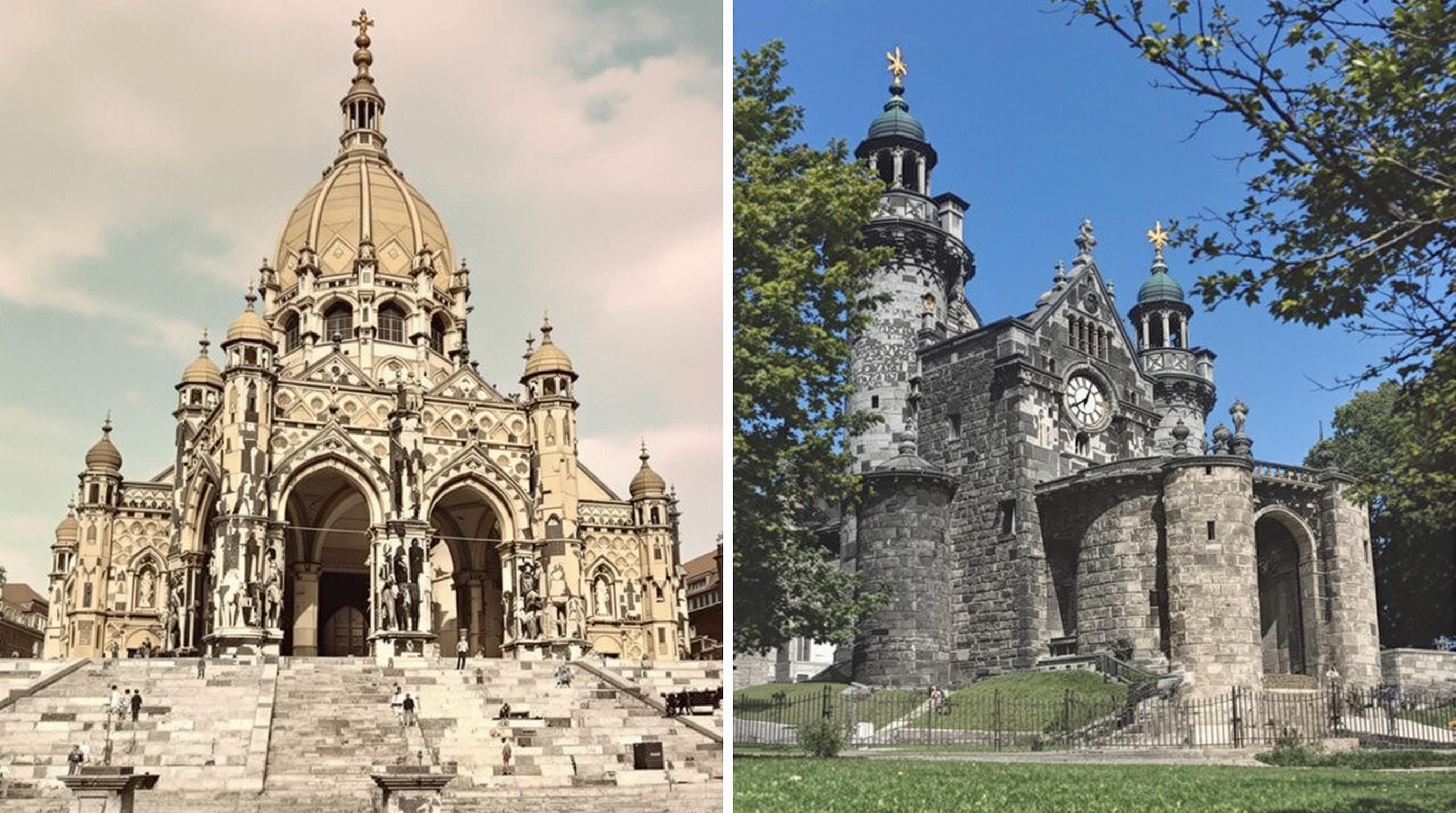Related Articles
- Navigating Ethical Travel: The Role of Arts and Crafts in Supporting Local Economies and Cultures
- Rediscovering Ancestral Routes: How Ancient Trails Offer Insights into Sustainable Travel Practices
- The Ethical Dilemma of Luxury Travel: Splurging or Supporting Sustainable Development?
- Navigating Ethical Dilemmas: The Quest for Authenticity in Local Food Experiences While Traveling
- Beyond the Facade: Exploring the Subsurface Infrastructure of Iconic Historical Structures
- Curiosities Unearthed: The Surprising Connections Between Historic Sites and Modern Art Movements
12 Lesser-Known Historic Landmarks That Reveal the Global Influence of Forgotten Philosophers and Their Groundbreaking Ideas
12 Lesser-Known Historic Landmarks That Reveal the Global Influence of Forgotten Philosophers and Their Groundbreaking Ideas
12 Lesser-Known Historic Landmarks That Reveal the Global Influence of Forgotten Philosophers and Their Groundbreaking Ideas
1. The Ismene Shrine, Greece
The Ismene Shrine, located in the ancient city of Thebes, is dedicated to the lesser-known feminist philosopher Ismene, sister to Antigone. Although overshadowed by her more famous sibling, Ismene's musings on the roles of women in society, ethics, and duty have left an indelible mark on feminist thought.
Archaeological remnants of the temple suggest that it served as a sanctuary for women to gather and share their philosophical inquiries, facilitating discussions on justice, morality, and familial obligation. The shrine also acted as a monument celebrating women’s influence in ethical discourse.
Visiting the Ismene Shrine not only offers a glimpse into the past but also invites reflection on how far we’ve come in addressing gender rights, drawing parallels between ancient ideas and contemporary movements. Scholars often cite the foundational role Ismene played in early feminist thought, emphasizing the need to revisit her contributions to reshape modern philosophy.
2. The Council of the Wise, Iraq
The Council of the Wise, a lesser-known gathering place in ancient Babylon, is where intellectuals, scientists, and philosophers convened to discuss matters of ethics, governance, and metaphysics. This landmark is credited with the discourse of ideas that predate even Aristotle, particularly in human rights and democratic principles.
Among the philosophers present was Al-Ma'mun, who advocated for knowledge dissemination regardless of societal status. His contributions to philosophy were framed around the inclusion of diverse voices, a stunning echo of today’s dialogues on inclusivity and representation.
The remnants of this council in Iraq remind visitors of how foundational these philosophical discussions were to modern governance and social structures. They serve as a testament to the critical intersection of philosophy and politics during a time when ideas were beginning to shape the destiny of empires.
3. The Luminal Crossing, Peru
The Luminal Crossing, an ancient site in the Andes, marked a place where the philosopher Pachacuti theorized about the connection between mind and nature. His innovative ideas on ecology and sustainability predate modern environmental philosophy by centuries.
Though not widely recognized, Pachacuti's influence remains significant, as he laid the groundwork for indigenous philosophies concerning land stewardship and ancestral respect. His synthesis of spirituality and ecology has found renewed relevance in contemporary discourse on environmental ethics.
Explorations of the Luminal Crossing highlight the interconnectedness of native philosophies and ecological consciousness, emphasizing that ancient wisdom holds solutions for today’s environmental crises. The site serves as a pilgrimage for those seeking to understand the relationship between humanity and the natural world.
4. The Al-Khwarizmi Library, Central Asia
The Al-Khwarizmi Library, named after the celebrated philosopher and mathematician, showcases the exchange of knowledge that happened along the Silk Road. It stands as a testament to the profound impact algebra and algorithms have had on various fields.
Visitors can examine the texts that detail Al-Khwarizmi’s groundbreaking thoughts on mathematics and their applications in philosophy. His work offered frameworks for problem-solving and logical reasoning, setting the stage for contemporary sciences and technology.
This landmark not only reveres his contributions but also underscores the importance of knowledge sharing across cultures, demonstrating how interconnected histories can shape our modern world. The legacy of Al-Khwarizmi is rarely celebrated, yet his insights continue to permeate various domains today.
5. The Dìng Kōng Pagoda, China
Situated in a quiet corner of Henan Province, the Dìng Kōng Pagoda commemorates the eclectic philosopher Dìng Kōng, who is known for his unique blend of Confucianism, Daoism, and Buddhism. This confluence of ideologies at the pagoda offers a glimpse into his efforts to harmonize diverse philosophical traditions.
The pagoda has served as a place of meditation and philosophical study for centuries, attracting seekers eager to explore Dìng Kōng’s ideas about balance in life and the world’s underlying harmony. His thoughts resonate with many current spiritual practices that promote mindfulness.
As a site of pilgrimage, the Dìng Kōng Pagoda invites contemplation on the synthesis of thought, offering lessons on coexistence and mutual respect among different belief systems. It serves to remind us of the rich tapestry of ideas that influences our global philosophical landscape.
6. The Temple of Inner Truth, India
Nestled in the shadows of the Himalayas, the Temple of Inner Truth honors the enigmatic philosopher Advaita Narayana. His teachings on non-dualism and perception of reality these day have profound implications for both spiritual seekers and philosophers alike.
The temple attracts those interested in Advaita’s radical ideas about the nature of self and consciousness. Through his works, he has shaped dialogues that echo through contemporary discussions on identity and awareness, encouraging individuals to peel back the layers of perception.
A visit to the Temple of Inner Truth fosters an exploration of the depths of inner consciousness, illuminating paths toward self-realization that transcend cultural borders. His legacy in philosophical discourse continues to influence modern thought on interconnectedness.
7. The Agora of Silvanus, Italy
The Agora of Silvanus, a lesser-known site in Pompeii, served as a meeting ground for the Stoic philosopher Silvanus. His teachings on ethics, virtue, and resilience have garnered newfound appreciation as society reassesses the importance of mental fortitude in the face of adversity.
At this agora, visitors can retrace Silvanus’s steps and engage with his philosophical principles that emphasize the power of personal agency and emotional regulation. Silvanus’s writings have been rediscovered in recent years, leading to a revival of interest in Stoic practices.
As a historical locus of Stoic thought, the Agora of Silvanus stands as a powerful reminder of the enduring relevance of ancient philosophies in nurturing our mental and emotional well-being in modern times.
8. The Ceaseless Concord, Egypt
In a remote corner of Egypt lies the Ceaseless Concord, a gathering space dedicated to the forgotten philosopher Annefer, who explored the interconnectedness of human relationships and social ethics. While his works are scarce, they offer insights that foreshadow contemporary discussions on community and social justice.
This landmark offers a quiet ambiance for contemplation and discussions, allowing visitors to connect with Annefer’s revolutionary ideas about empathy, care, and moral responsibility within communities. His vision prompts a powerful reflection on our common humanity.
A visit to the Ceaseless Concord can inspire transformative thoughts on cultivating compassion in our interactions today. The enduring nature of Annefer’s philosophies invites us to consider how their echoes reverberate in our modern socio-political landscape.
9. The Bridge of Paracelsus, Switzerland
The Bridge of Paracelsus commemorates the 16th-century philosopher and physician who combined science and mysticism. His pioneering work in alchemy laid foundational concepts that would later influence chemistry, medicine, and psychology.
The bridge, overlooking the magnificent Lake Geneva, serves both as a passageway and a metaphorical bridge linking the empirical with the metaphysical, reminding us of Paracelsus’s contributions to holistic paradigms. His embrace of the unseen in understanding health and wellness foreshadows modern integrative health models.
Visitors are encouraged to reflect on how this bridge embodies the dualities in knowledge, fostering a dialogue between traditional practices and evidence-based science that continues in contemporary health discussions.
10. The Hall of Shadows, Japan
The Hall of Shadows, hidden within the mountains of Japan, is dedicated to the philosopher Shojiro, who emphasized the philosophy of impermanence and the ethical implications of our transient nature. His thoughts resonate strongly within Zen teachings and continue to inspire modern existential thought.
This serene space offers a refuge for meditation, inviting individuals to confront the fleeting nature of existence thoughtfully. Shojiro's quest for understanding the balance between attachment and release serves as a precursor to contemporary debates on mental health and emotional resilience.
A visit to the Hall of Shadows fosters introspection, nourishing a deeper appreciation of life’s impermanence, encouraging us to embrace the moment, and highlighting the relevance of Shojiro’s insights in navigating today’s fast-paced world.




